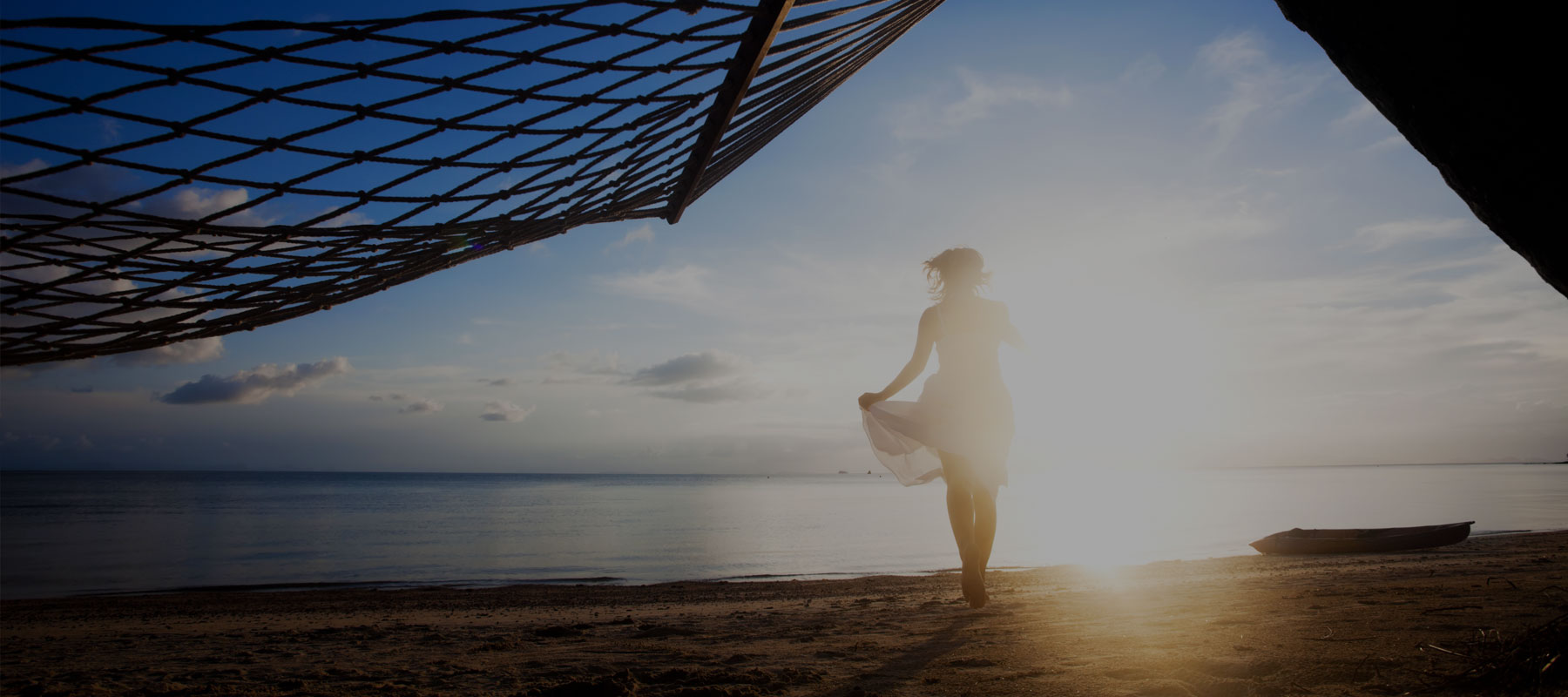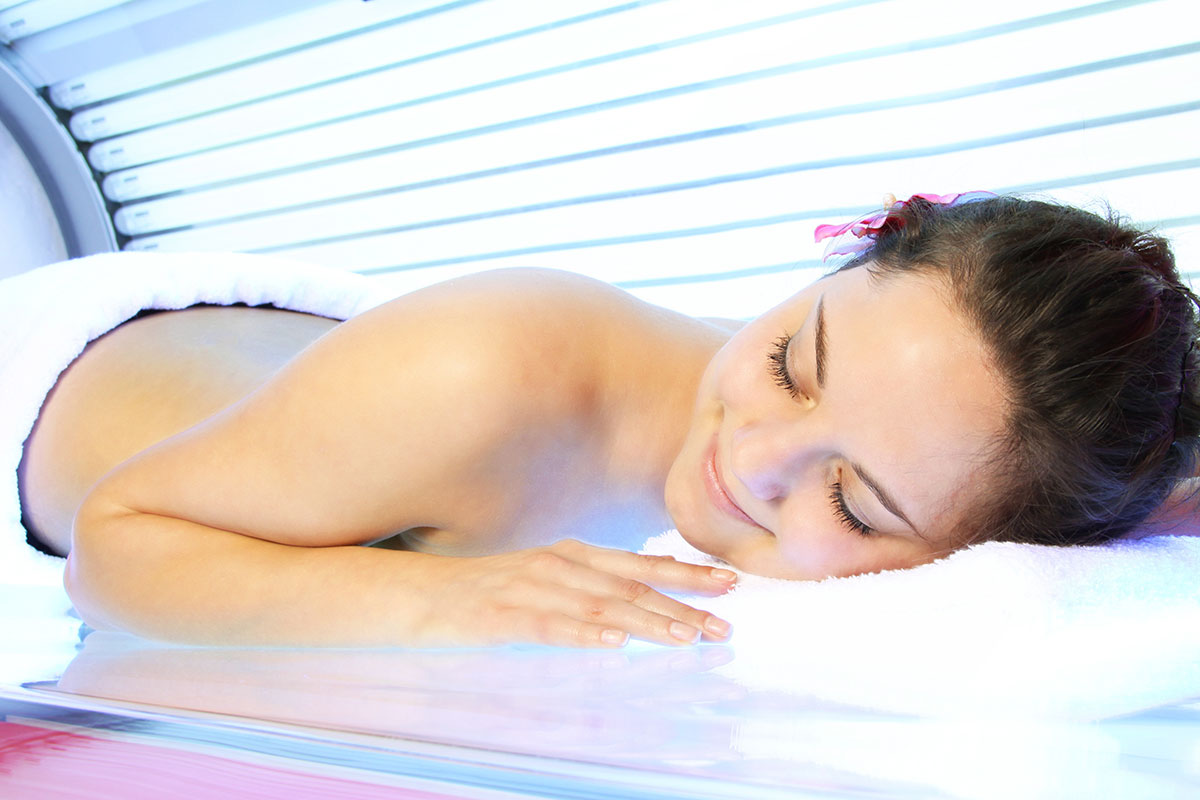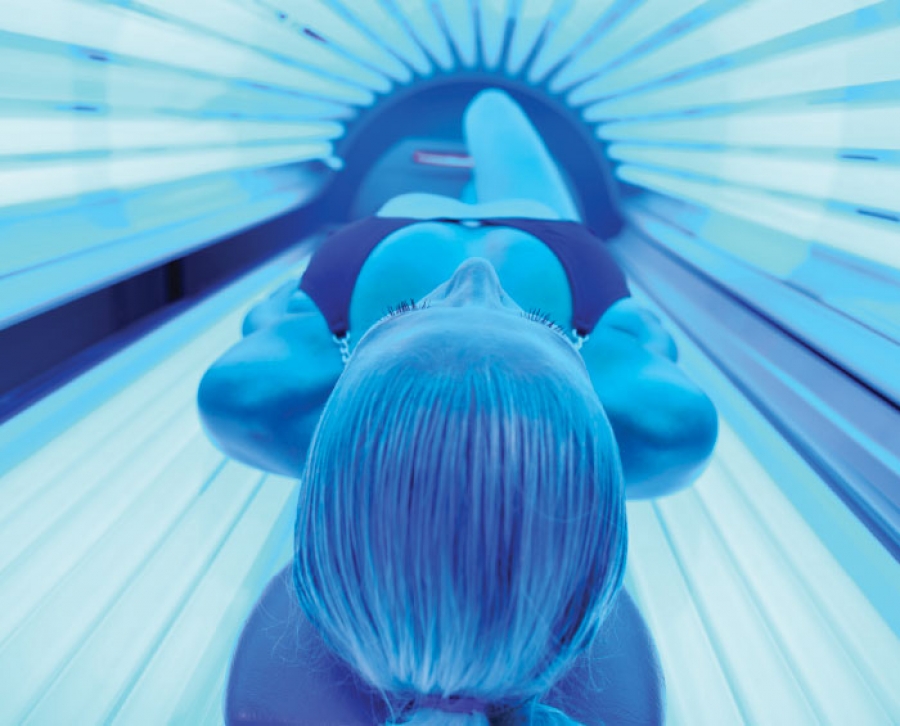
WHAT IS PHOTOTHERAPY
Present in natural sunlight, UVB (ultraviolet UV) is an effective treatment for psoriasis and other skin diseases.The procedure involves exposing the skin to an artificial UVB light source emitted by a phototherapy unit for a set length of time. UVB penetrates the skin and slows the growth of affected skin cells. This treatment can be administered in a hospital, medical setting or at home.
What is Narrowband & Broadband UVB?
Phototherapy involves subjecting the skin to waves of (UV) radiation between the range of 280 and 320 nm (nanometers) There are 2 types of UVB treatment but it is widely excepted by the medical profession that narrowband is by far much more effective and safer to use than conventional broadband UVB.


Broadband
Broadband UVB lamps emit light over a broader spectrum that can result in burning (sunburn) This can increase the risk of skin cancer. Broadband UVB lamps can also limit the amount of UVB that can be taken.
Narrowband
Narrowband UVB lamps emit UVB light over a very short range of wavelengths concentrated in the optimum range of 311 nm known as the Therapeutic Range. This results in less burning and is therefore much more effective and safer to use than conventional broadband UVB.
Is Phototherapy a cure?
Phototherapy is a very effective treatment for skin diseases such as psoriasis, vitiligo and eczema, but only works after the emergence of symptoms. It cannot be used as a preventive medicine. The therapy can be started any time after the symptoms appear. Rebound, or the aggressive return of symptoms, is seldom seen when phototherapy is discontinued. Unlike many other treatments, once your skin is clear a “maintenance” program to keep you clear longer can be implemented.
Is Phototherapy Safe?
When comparing phototherapy to other commonly used therapies, the FDA statistics on adverse events associated with drugs commonly used for the treatment of skin diseases are alarming. Phototherapy is a far safer treatment option, when compared to contemporary alternatives. There are a number of side effects associated with phototherapy such as;
- erythema (pinkness, feels like a sunburn)
- a risk of premature ageing of the skin or certain kinds of skin cancers.
“After nearly a century of use, there is no convincing evidence that therapeutic UVB increases the risk of cancers, regardless of skin type.” John Koo, MD*
Who can have Phototherapy?
Phototherapy is effective for any age with psoriasis, vitiligo, eczema and other skin disorders which respond favourably to light including children and elderly patients. It is also safe for use by women who are pregnant ( providing not in the late stages of pregnancy – if in doubt ALWAYS consult your doctor).
What is Treatment Like?
Phototherapy is a painless therapy where affected skin is exposed to light. A common treatment plan consists of three sessions per week over a span of several weeks. (6-10 weeks) It is a short procedure, usually lasting only seconds / minutes. Most patients prefer phototherapy to topical medications or using injectable drugs because of its ease of use.


Can I Use Phototherapy at Home?
Phototherapy can be administered at home providing it has been prescribed by your doctor. Home phototherapy fits well into busy schedules and alleviates the need of impractical hospital visits and time off work.
In a study of 196 psoriasis patients, half of whom had a home phototherapy device while the other half received their treatments in a hospital, no difference was found in the effectiveness between the two settings, but there was a greater patient satisfaction rate with home therapy
ALWAYS CONSULT WITH YOUR DOCTOR / DERMATOLOGIST BEFORE STARTING HOME LIGHT TREATMENT
